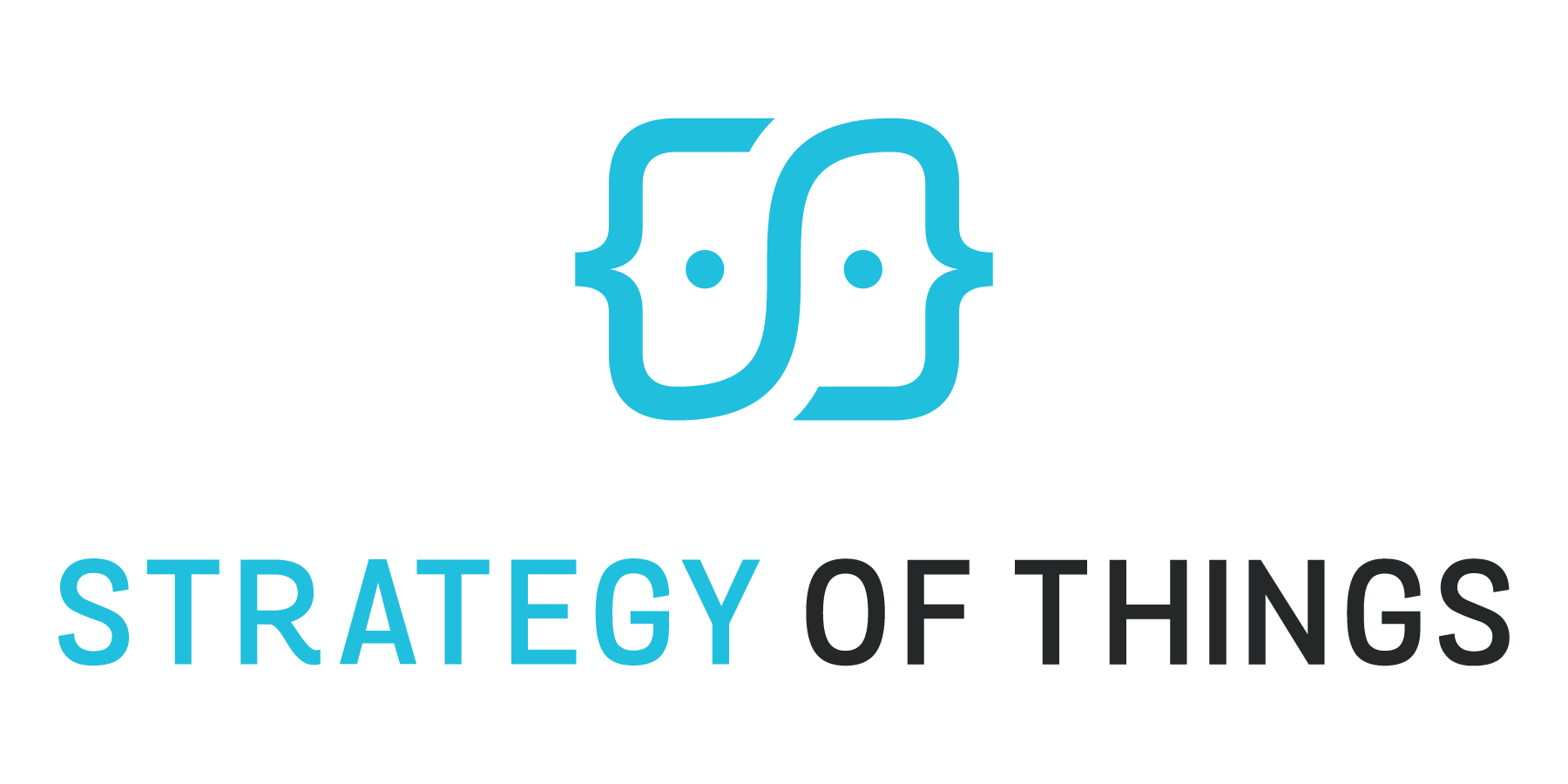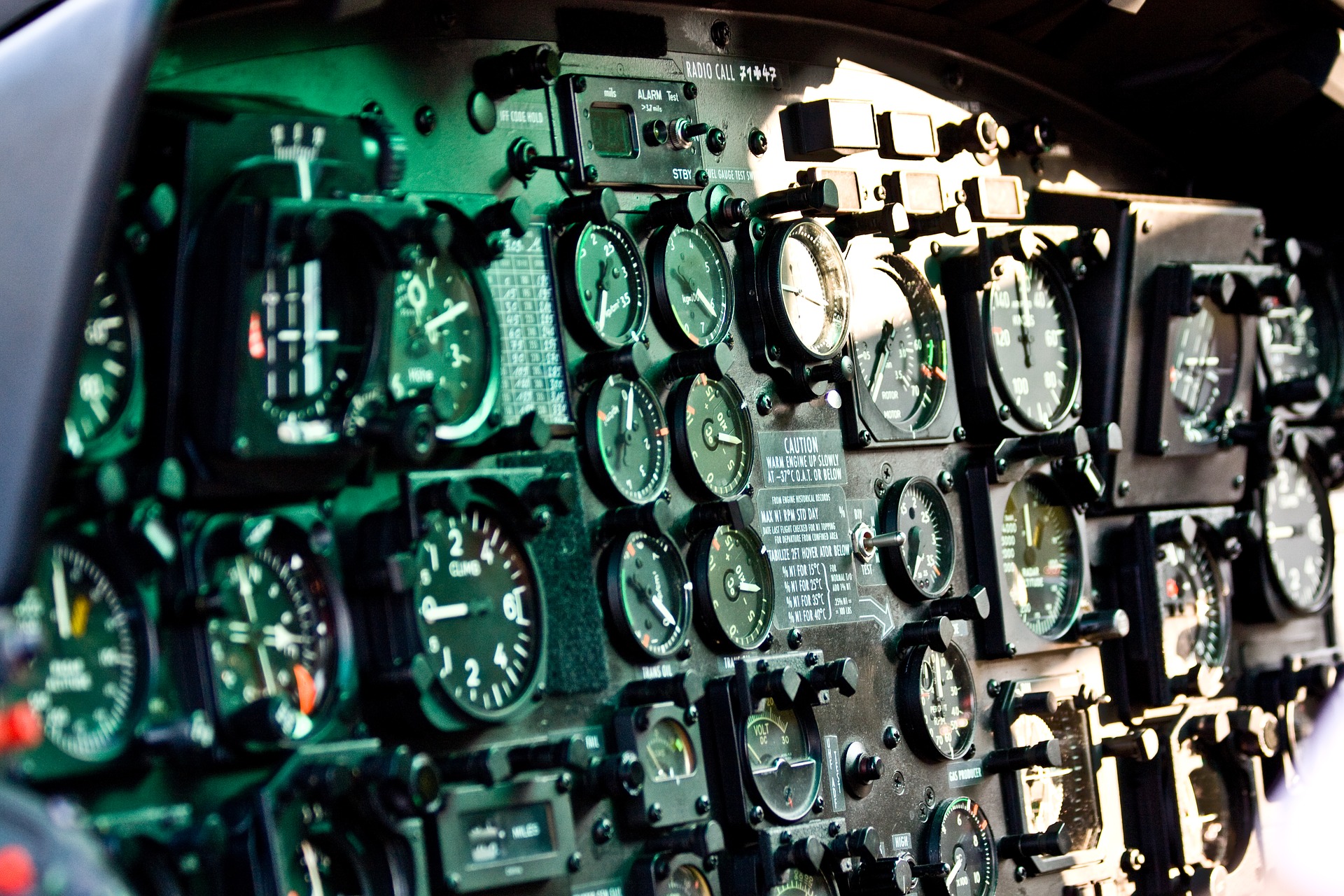Welcome to the “Back to Basics” briefings on the Internet of Things (IoT) architecture for executives, managers and anyone new to IoT. Although I will convey technical information, my focus is on the business and applications aspects of IoT. Using the “Follow the Data” approach, I’ll start at the edge with the IoT sensors, and work my way back to the core of the IoT system.
What are IoT sensors?
Sensors capture information about their surroundings. These devices can be electrical, mechanical, magnetic, electromechanical, electromagnetic, optical, or chemical. Sensors are placed near the point of use or at the edge of the network. They come in many sizes, from tiny to very large, depending on the application. They can be discreet units, or they can be integrated into another product such as inside a motor. Captured sensor data is sent back into the core network for storage and processing. A good read on the anatomy of sensors is found here.
What do IoT sensors capture?
A sensor can capture anything that is observed or measured. I’ve listed a partial list here:
- Temperature and heat
- Pressure
- Moisture
- Proximity/motion
- Vibration
- Chemical/smoke/gas
- Optical – infrared, visible
- Flow – gas, liquid, slurry
- Sound and acoustics
- Visual (cameras, patterns, etc.)
- Current/electrical
- Location and position
- Speed
Planning considerations for IoT sensors
As you plan and specify your IoT project, consider the following:
What is the application? Depending on the use case, the sensors can be placed within a localized space (e.g. room, or within a building), or across long distances (e.g. in a field). The actual use case will drive what type of sensors are used, what data is captured, how they send the data back, and how and where the sensors are placed. A short list of some sensor uses is found here.
What kind of data is being captured? Mission critical or time sensitive data may require time tagging. Location sensitive data requires geospatial tagging along with the captured data. Precision data requires sensors with higher accuracies. The specific application will determine what other data to be captured along with the main sensor data, as well as the accuracy that is required.
How often do you want to capture data? You can sample continuously, at preset intervals, at trigger events, or on an as needed basis. In continuous manufacturing applications, such as chemical processing, sensors record data on a continuous basis. But not everything needs that level of data capture.
What kind of conditions are the sensors operating in? Sensors that operate in high stress environments (pressure, temperature, vibration, radiation, etc.) need to be protected to ensure reliability and durability.
How much data is being captured? Some sensors capture bits of data, while others, such as cameras, capture Megabytes of data. The more data is captured, the bigger your storage, and the more robust the data transmission process needs to be.
How often is the data transmitted back to the core network? Applications with mission critical or time sensitive data send data back for processing as soon as they capture it. Some applications, like autonomous vehicles, require that the sensor data be transmitted to a local edge computer for processing instead of a centralized computer at the core of the network. From a power perspective, the more frequent the data is transmitted back, the more power it consumes.
How is the data sent back to the network? Sensor data can be transmitted through a cable, or be sent wirelessly. The specific application will determine what transmission methods are used. We will cover the different transmission methods in a separate briefing.
How are the sensors powered? IoT sensors can be battery powered, solar powered or by electrical wire. Sensors in remote locations, or inaccessible locations need to be battery or solar powered. However, changing batteries in projects with hundreds or thousands of sensors in remote locations is a daunting and impractical. In those applications, sensors will need to be very low power and efficient in order to maintain long battery life. Read more here. The more frequent data is sent back, and the larger the data transmissions, the more power is consumed. In those cases, the choice of sensor power technology and method needs to be considered.
What are the security requirements? Sensitive or confidential data is encrypted before transmission. Other applications may need the sensor to be authenticated before the data can be processed in the main network. Read more here.
What are the data format requirements? Different applications have different data formats. When the data is sent back to the core network, the platform must be able to mesh all the different data types together.
What are the total costs? The total costs include the cost of buying the sensors, as well as installing, integrating, operating, maintaining, replacing and their removal at end of life. A small sensor network with a few expensive sensors used locally has a smaller total cost than a large network with inexpensive sensors deployed over several miles.
Do the IoT sensors require special skills to set up? Some sensors are part of an IoT ecosystem and are easy to configure with limited programming needed to deploy them. Others may require specialized programming and integration in order to be useful. Read more here.
Thanks for reading this post. If you found this post useful, please share it with your network. Please subscribe to our newsletter and be notified of new blog articles we will be posting. You can also follow us on Twitter (@strategythings), LinkedIn or Facebook.

